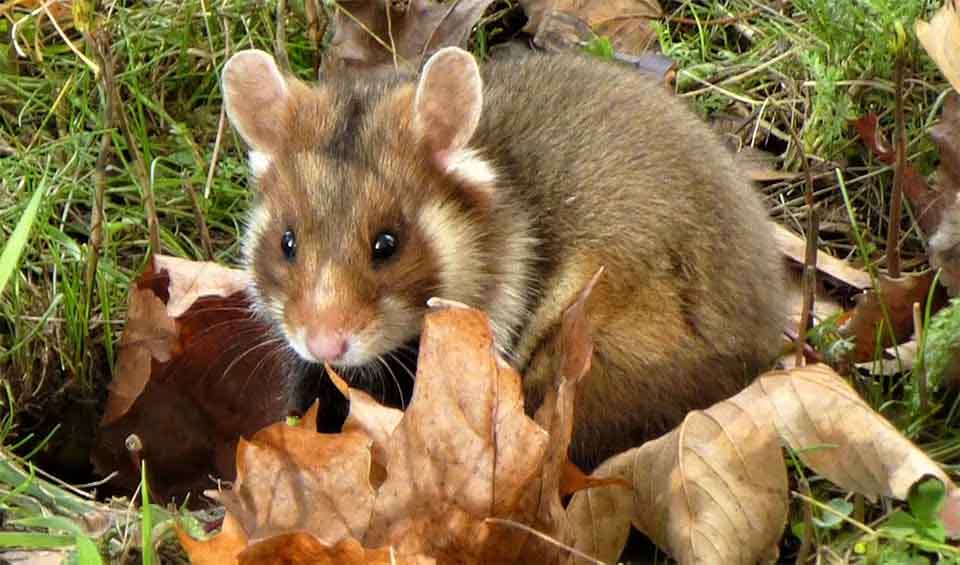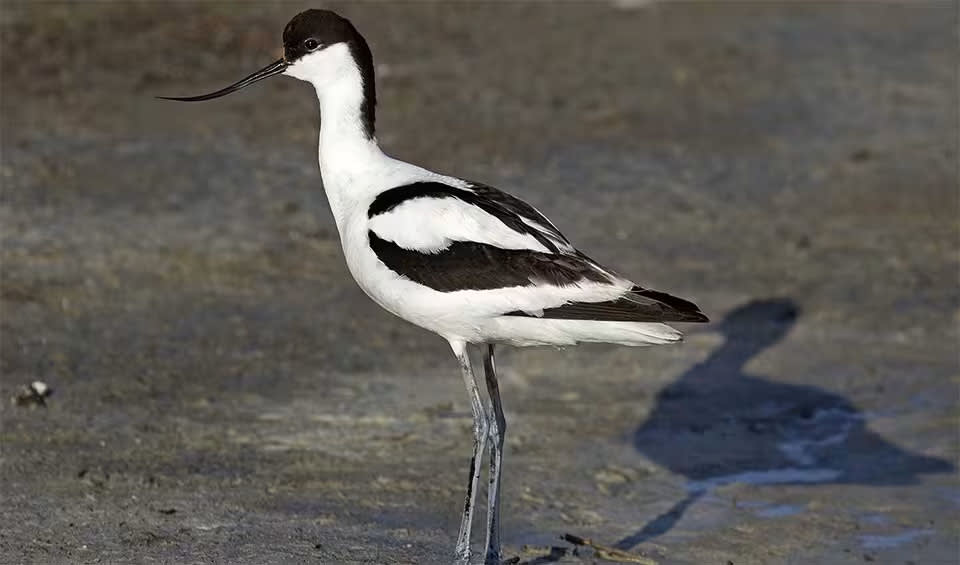Slovakia, situated at the heart of Europe and straddling the border between the Carpathian Mountains and the Pannonian lowlands, boasts a rich biodiversity due to its varied geographic location. The country features a wide array of land and water habitats, though their natural patterns have been substantially modified by land use changes following intensive settlement. Slovakia is home to a vibrant array of ecosystems, including dense forests and fertile plains, which serve as homes for a multitude of species.
The nation’s natural and semi-natural landscapes are predominantly forested, ranging from vast stretches of beech forests in the Carpathians to the floodplain forests along the Danube. Additionally, diverse grasslands cover the country, from alpine meadows in the mountains to dry calcareous grasslands and rich alluvial and fen meadows.
Four pillars elaborated:
Slovakia is home to a rich tapestry of protected areas, which cover more than 22% of its territory and include national parks, protected landscape areas, nature reserves, and more. These sites play a crucial role in preserving the country’s valuable natural and cultural heritage, fostering biodiversity conservation, and supporting sustainable development. Slovakia categorizes its protected areas into various types, such as national parks, protected landscape areas, nature reserves, natural monuments, and areas of European importance, each governed by specific regulations and management plans tailored to protect their unique attributes. Notable among these are the Tatra National Park, celebrated for its breathtaking mountain landscapes and diverse ecosystems; the Slovak Paradise National Park, famous for its distinctive karst landscapes and gorges; and the Poloniny National Park, which boasts extensive forests and a wide array of wildlife. Land Management
Land Management
The most significant threats to biodiversity in Slovakia include habitat fragmentation due to increased transport infrastructure development, and the decline in arable land use, especially permanent grasslands, caused by a decrease in livestock farming and the unprofitability of agriculture, which threatens rare flora and fauna. Invasive species are becoming more problematic, exacerbated by permanent changes from agricultural activities, forestry, animal farming, and extensive construction, including transport infrastructure. Threats to Biodiversity
Threats to Biodiversity
Other threats include soil and water acidification, climate change with more frequent extreme weather events like floods, droughts, and windstorms, and ongoing industrial pollution despite reductions in atmospheric pollutants. Additionally, mineral extraction activities, such as those for natural gas, magnesite, wall stone, and calcite, contribute to environmental degradation, alongside agricultural pollution, forestry practices, and tourism, with several national parks facing significant threats from activities like mountain tourism.
Slovakia has undertaken significant measures to control the impact of invasive alien species, including developing a unified methodology for eradicating invasive plant species. This initiative is complemented by a marked reduction in agricultural pollution, attributed to decreased land use for agriculture, reduced animal husbandry, and lower usage of artificial fertilizers and pesticides. The country also actively engages local and indigenous communities in biodiversity conservation, supported by various projects such as the Project on Village Renewal and the Framework Convention on the Protection and Sustainable Use of the Carpathians. Capacity and Governance
Capacity and Governance
Additionally, Slovakia emphasizes environmental education through initiatives in primary and secondary schools, establishment of specialized educational and advisory centers for nature and landscape protection, and hosting regular seminars for both specialists and the general public. These seminars cover topics such as ecological management of agricultural and forest lands and alternative pasture management, focusing on biodiversity, biotechnologies, and biological safety.
Slovakia has been taking significant steps to preserve its rich biodiversity and ensure a sustainable future for its natural resources. The country has established numerous protected areas, including nine national parks, dozens of protected landscape areas, and hundreds of smaller nature reserves. These areas safeguard important habitats for the country’s flora and fauna and provide space for scientific research and education. Future Trends
Future Trends
The government of Slovakia has also implemented a range of policies and programs aimed at protecting biodiversity. For example, the country has a National Biodiversity Strategy and Action Plan that outlines specific actions to conserve biodiversity, promote sustainable use of natural resources, and enhance public awareness and education. Moreover, Slovakia is actively participating in international efforts to protect biodiversity. The country has ratified several international agreements, including the Convention on Biological Diversity, the Ramsar Convention on Wetlands, and the Bern Convention on the Conservation of European Wildlife and Natural Habitats.
Biodiversity
Slovakia’s diverse bird population thrives in its expansive forests and lowlands. Species such as Ural, Pygmy, and Tengmalm’s owls, various woodpeckers, Black Storks, Lesser-spotted, Imperial, and Golden Eagles, along with Black Grouse, Red-breasted Flycatcher, Nutcracker, Common Rosefinch, and the elusive Wallcreeper all make Slovakia their breeding habitat.Beyond birds, Slovakia’s forests provide a haven for large mammals like Brown Bears, Lynxes, and Wolves. Additionally, the landscapes are dotted with Chamois, Marmots, and various species of butterflies and dragonflies, enhancing the rich biodiversity of the region.
In the table below are the number of known species in several main groups, how many of these species are Threatened with extinction, and how many of them are Endemic (unique to Slovakia only):
| Species (World rank) |
Threatened | % Threatened | Endemic | % Endemic | |
|---|---|---|---|---|---|
| Mammals | 87 (#129) | 4 | 4.6% | ||
| Birds | 293 (#128) | 13 | 4.4% | ||
| Reptiles | 14 (#171) | ||||
| Amphibians | 18 (#109) | ||||
| Fishes | 92 (#186) | 7 | 7.6% | ||
| Plants | 3,264 (#110) | 527 | 16.1% | 95 | 2.9% |
mammals
Eurasian lynx
Once widespread throughout most of Europe, by now extinct in most of Western and Central Europe
Moose
They are so tall, that they prefer to feed on higher shrubs and grass, as lowering their head to the ground can be difficult!
European hamster
To prepare for winter, they gather huge amounts of food – sometimes up to 65 kilograms – and store it in their burrows
birds
Whooper swan
Very loyal partners! Once they find a mate, they usually stay together for life
Great skua
Jack Sparrow of the bird kingdom
Pied avocet
One of the very few birds with an upturned bill
reptiles
European adder
A venomous snake native to Britain and found all across Europe
Viviparous lizard
One of the few reptiles that can not only lay eggs but also give birth to live young
European pond turtle
At the first sign of danger, it will quickly dive into the water and hide
amphibians
Common frog
It is one of the most widespread and familiar amphibians in Europe
Northern crested newt
Can regrow lost limbs, tails, and even parts of their heart and eyes
Common spadefoot
Can produce a peculiar garlic-like smell when threatened, which acts as another line of defense to deter predators
National Animals
Golden eagle
This majestic brown raptor is most widely distributed eagle species
Chamois
Their horns are curved backward, resembling a hook or a pair of lyre-shaped instruments


















